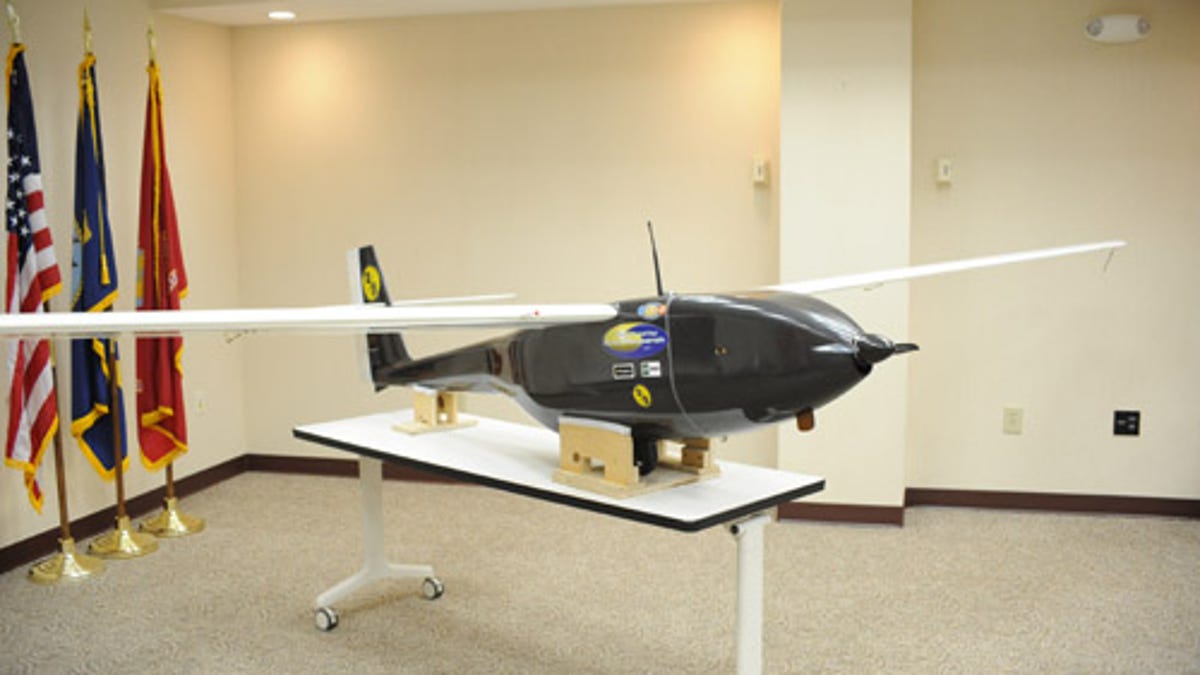Hydrogen-powered UAV in the works
The U.S. Navy's Office of Naval Research plans to launch a 24-hour, hydrogen fuel cell-powered endurance flight carrying a 5-pound payload.

In what it says is a "first of its kind" initiative, the U.S. Navy plans to launch sometime this spring an unmanned aerial vehicle for a 24-hour endurance flight carrying a 5-pound payload and powered entirely by a hydrogen-powered fuel cell.
Called the Ion Tiger, the UAV can travel farther and carry heavier loads than earlier battery-powered designs, according to the Office of Naval Research. It also boasts "stealthy characteristics" such as reduced noise, low heat signature, and zero emissions (PDF).
"This will really be a demonstration for a fuel cell system in a UAV application," ONR Program Manager Dr. Michele Anderson said. "That's something nobody can do right now."
Fuel cells convert hydrogen and oxygen into water in a pollution-free process to create an electrical current delivering up to double the efficiency of an internal combustion engine, researchers claim.
The Tiger will use a "500-watt polymer fuel cell with a high specific power system." Weight will be reduced using high-pressure lightweight hydrogen storage tanks. The UAV has already "demonstrated sound aerodynamics, high functionality, and low-heat and noise signatures under battery-powered tests," according to ONR.
This test will show how a surveillance drone can operate economically with less possibility of detection and still exceed the duration of previous flights seven-fold.
Collaborators include Protonex Technology and the University of Hawaii.